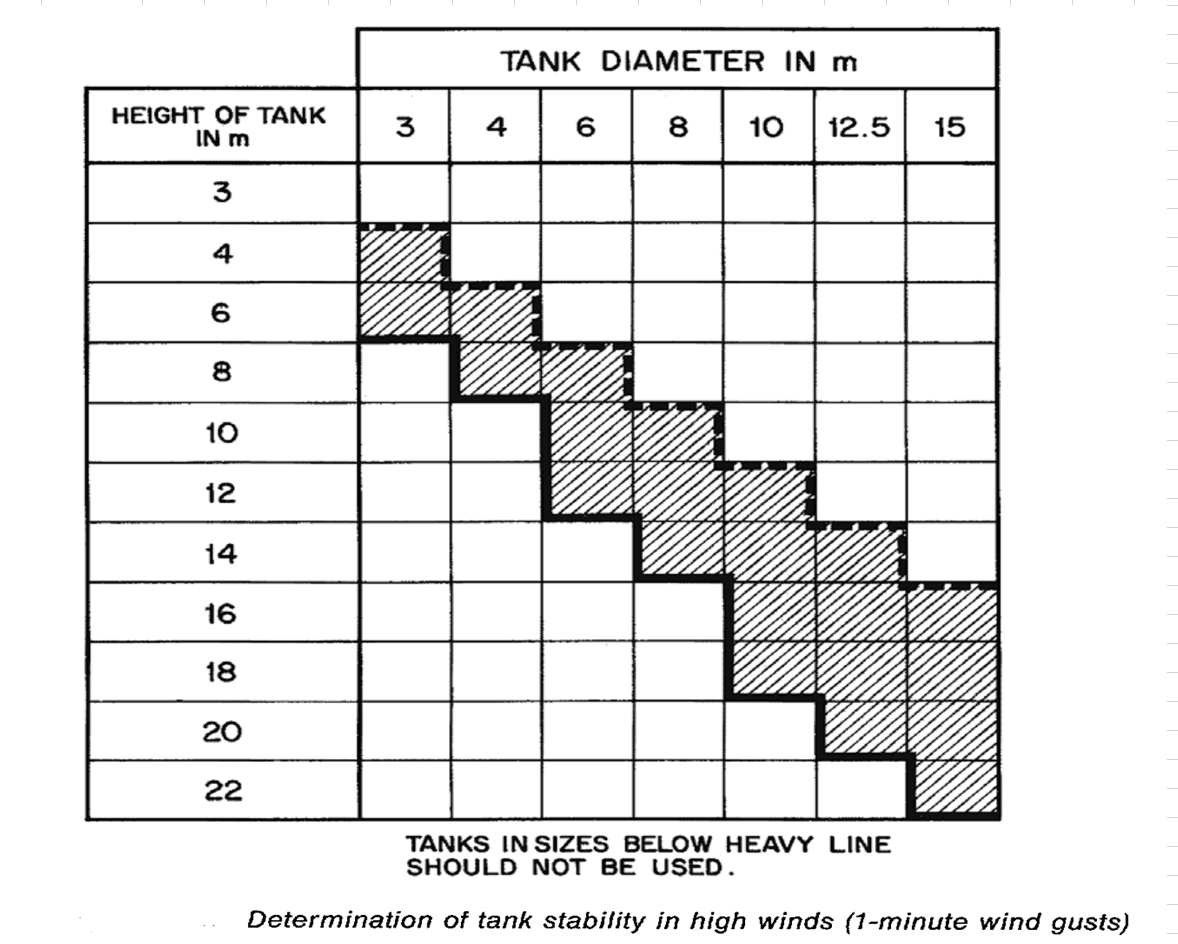Since you have researched your topic, you have an idea of the resources available to you. You are probably expected to make reasonable assumptions in developing your design since you will not have complete ready-made formulas and guidelines.
I own, operate, and maintain a continuous bioreactor system (500 gallons per day capacity) on my personal property under government license. The control system is automated with audible alarms for high tank level and low air flow. Other than that, there is little process instrumentation. My bioreactor system is oversized which allows a high tolerance for variations of feed flow and feed composition... it usually just works as intended without operator intervention. If I were to build a computer model for this process, the main difficulties would be in measuring the parameters that affect performance and developing mathematical correlations. In my operation, I monitor effluent quality sporadically. I am cautious to maintain the health of my bio organisms by limiting the incompatible impurities in the reactor feed and not interrupting air flow for long periods. I no longer follow a strict preventive maintenance routine so equipment failures can occur at inconvenient times. I keep some spare parts on hand and try to monitor the equipment for unusual noises, odors, flow patterns, etc and was able to replace my linear air pump earlier this month after recognizing signs of imminent failure. My system was designed by others -- probably based on empirical testing instead of first-principles computer models. Because my bioreactor system feed includes liquid and solid biological hazardous waste, my primary concern is the potential environmental impact to my neighbors caused by maloperaton.

 FB
FB










